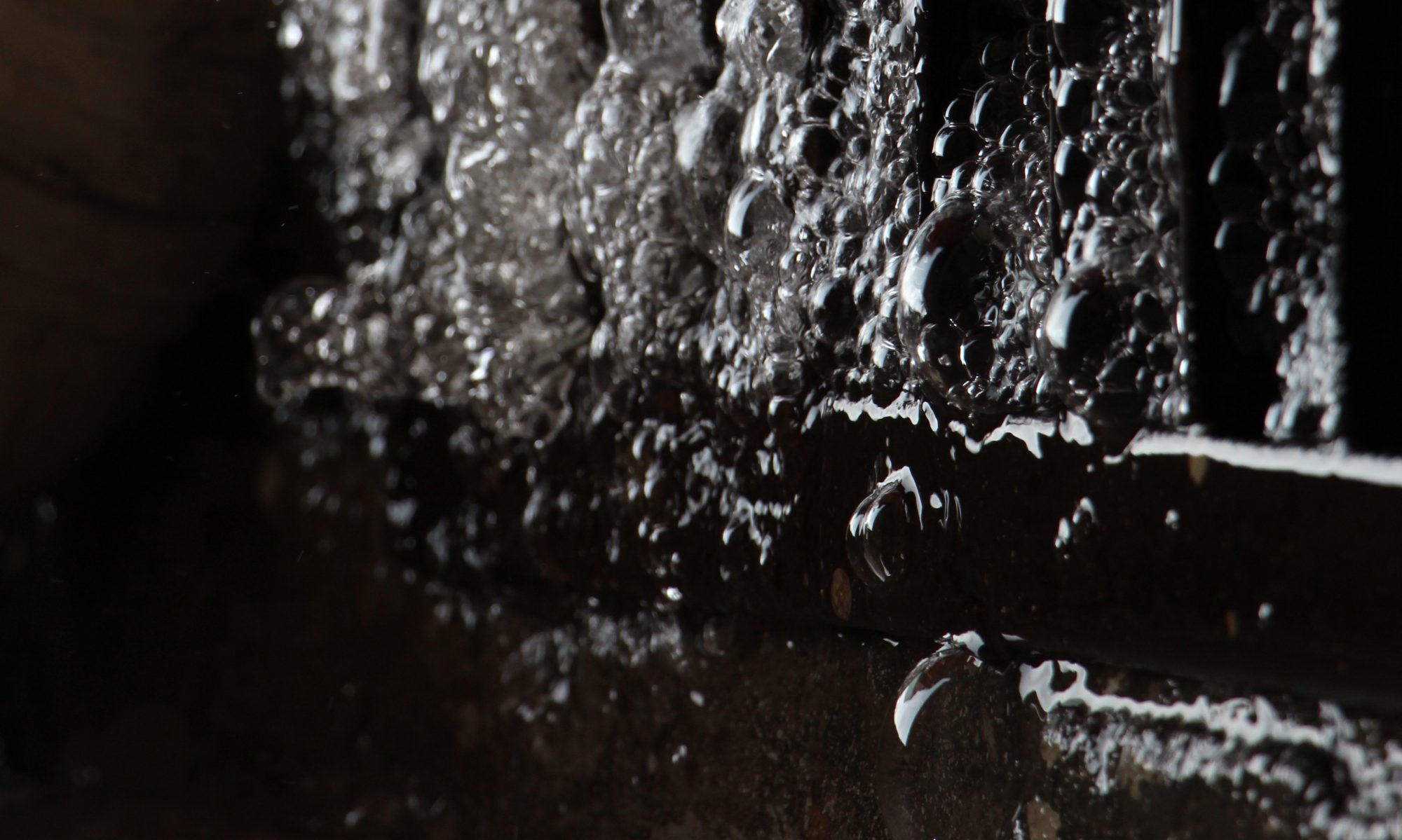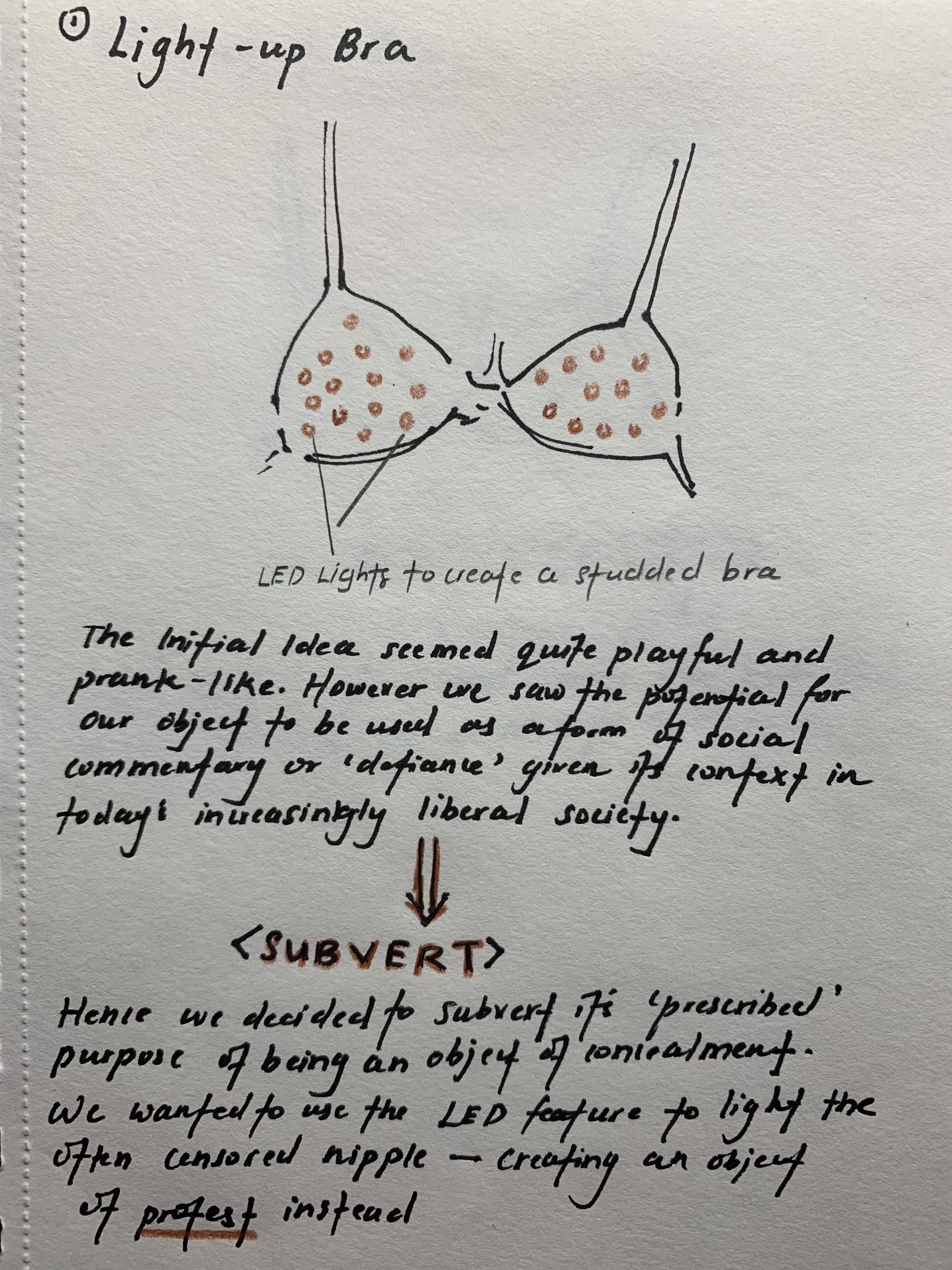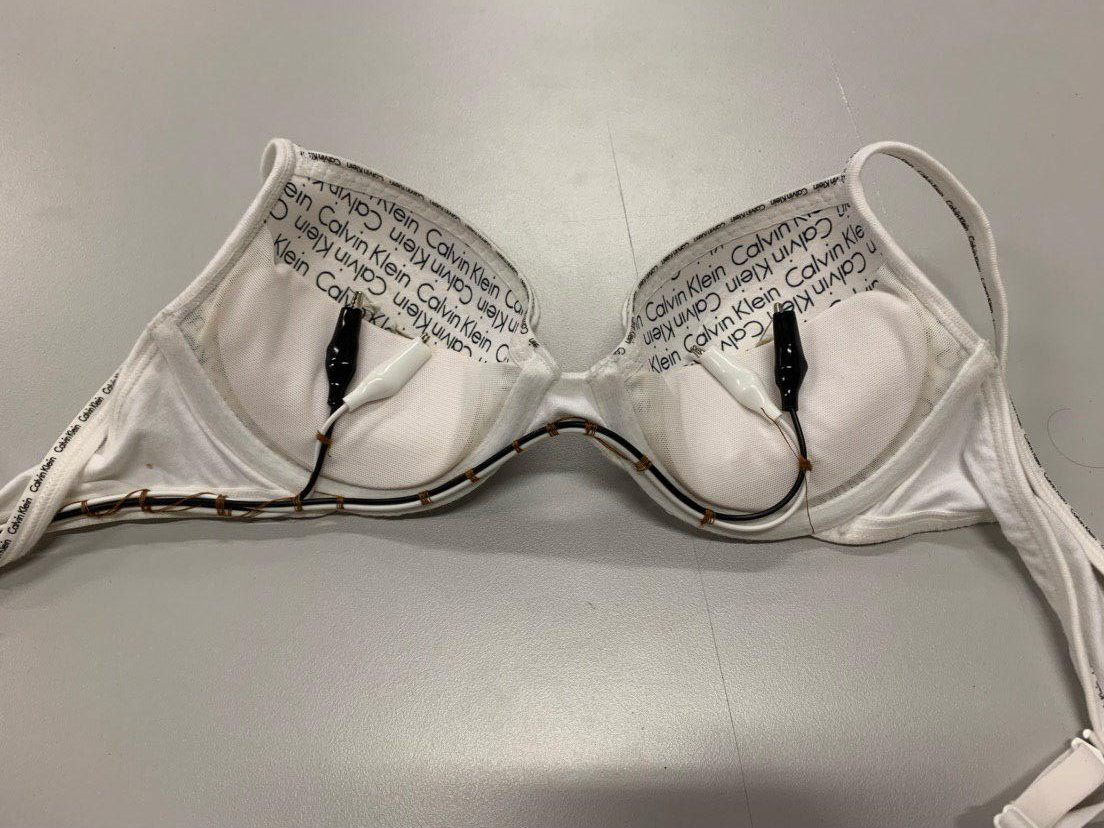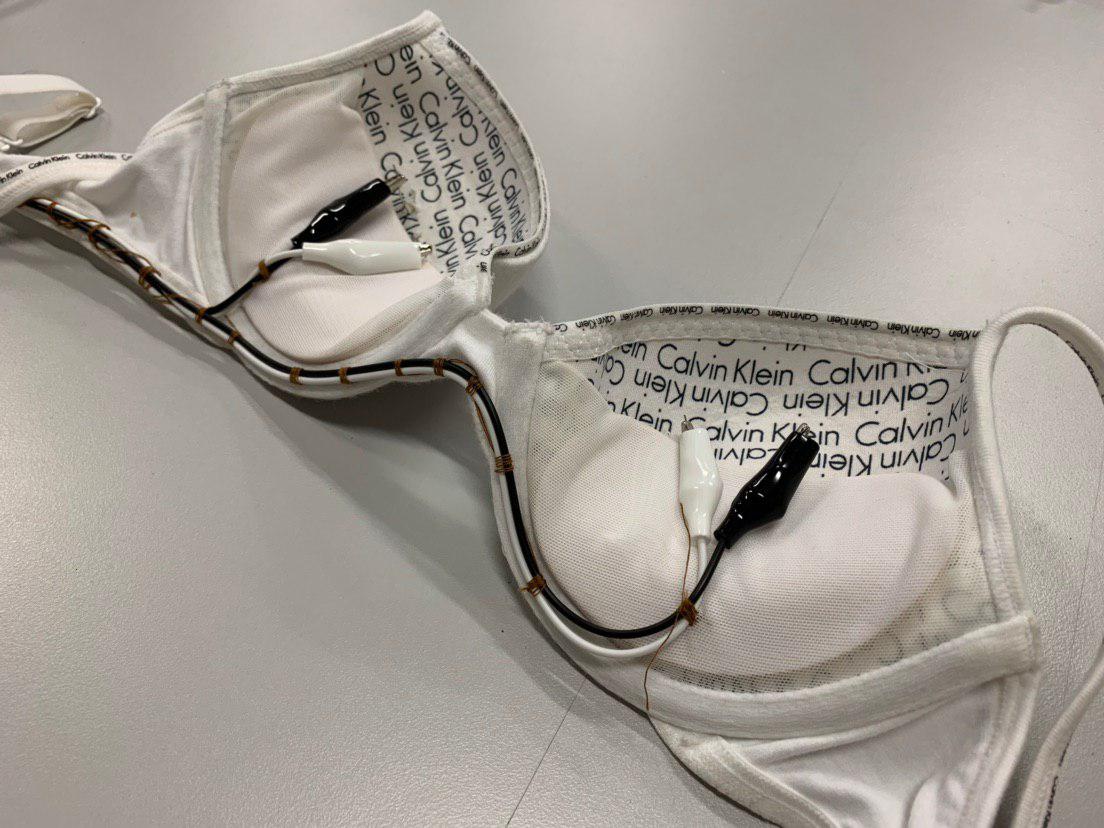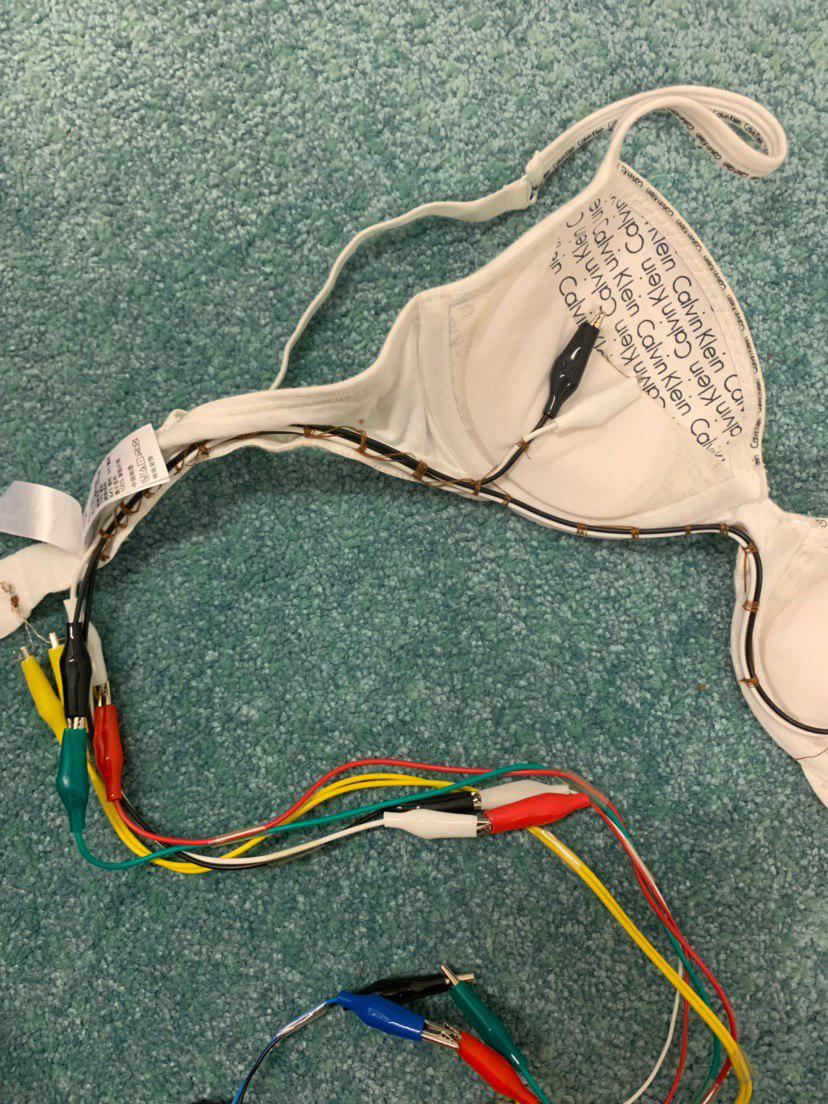1. SPACE
Physical Space
The set up of the Disappearance Bar at National Gallery is based on Lee Kang So’s work, ‘Disappearance, bar in the Gallery’ which involved incorporating wooden chairs and tables from the bars he frequented within a gallery space where viewers could have momentary and temporal interactions just like people do over casual drinks at bars. The idea of leaving behind permanent marks of our presence within this temporal space — alcohol stains, burn marks and cracks on the furniture underscores the idea that temporary interaction can leave a permanent and lasting story. In National Gallery, instead of Korean drinks, local alcohol and traditional ‘kueh’ and tea were served to contextualise and appropriate the original concept for the local demographic. The significance of the physical nature of this space itself serves as a fundamental base for Urich Lau’s experimental and telematic work ‘Life Circuit’ to be performed in.


2. ARTIST
“Regardless of medium or form, technology is irrelevant if the work of art does not speak about humanistic values, or new ideas or critique our society” — Urich Lau, https://pluralartmag.com/2019/02/12/back-to-the-future-in-conversation-with-urich-lau/
Telematic Art
Urich Lau’s works mainly involve integrating and intertwining the archetype form of technology with the new and ever changing alternate reality that it has become as of today. This combination creates a simultaneously jarring yet oddly discomforting unity in his works. The output of his conceptualisations are glitchy, elusive and unpredictable just like the ‘cerebral cortex’ of 21st Century technology and media. He however also centralises his ideas around the concept of Telematic Art’ — “focused on the human aspect of the medium, the desire to communicate with another even in the virtual world, and how this (notion) is central to the creation of the medium.” — https://www.tate.org.uk/art/art-terms/i/internet-art. Telematic Art is something Stelarc, the artist I talked about in my previous reflection post pioneered with his project ‘Third Hand’ which involved attaching a third mechanical hand to his right arm. This is similar to how Urich Lau incorporates gadgets into his body as extensions.

Stelarc — ‘Third Hand’

Urich Lau, Teow Yue Han — ‘Life Circuit’
3. ARTWORK — ‘LIFE CIRCUIT’
Description
‘Life Circuit’ essentially, runs on the simple idea of an input and an output. This dichotomy is technical yet they act as conduits for non discrete and non absolute form of interaction with technology. In ‘Life Circuit’, Urich’s sensory organs lose their ‘human’ functions and instead are replaced with gadgets to alter his perceived reality into that of the alternate scape of technology. He is stripped of his ‘humaneness’ and instead becomes a temporary intermediary ‘cyborg’ that processes and then continuously bombards and projects video and audio from live feed, the internet and other sources to the audience within the space of the interaction. This in a sense forms a closed circuit within the audience by involving them in the alternate reality he is immersed in. Moreover, the idea of us, the audience interacting with Urich, who in this work takes on a tangible and physical form of technology, allows us to establish a (despite confusing), direct connection with the technological realm. However the output is distorted, disturbing and overwhelming, making it a rather uncomfortable and pervasive experience. This then forces us to take a step back and re-think our intimate relationship with potentially innocuous technology.
4. REFLECTIONS
Performative aspect
‘Life Circuit’ also explores a second conceptual layer that focuses on the physical presence of the audience and the space in which they share with the Artist. As he navigates around the audience members, with his gadgets constantly converting live feed visuals into sounds which in turn ‘hack’ his senses, he becomes blind and occasionally bumps into one or two people. The visuals displayed are furthermore glitchy, distorted and fragmented — caused by the technical glitch brought about by the input interference from the devices attached to his body. The audience’s passive and non voluntary presence then inherently becomes an important part of establishing a direct and forced interaction between them and the artist. The line between the artwork and the observers is blurred here, forming a closed loop that causes a more assertive participation from the ‘voyeurs’.
Critical Aspect
The third layer to ‘Life Circuit’ is slightly more abstract and interpretative. Amongst all the noise and glitchy technical projections and set up, Lau included National Art’s Council’s statements visually projected and also aurally projected by a AI entity, as part of the interference. At first glance I was confused by the distinct foreign presence of the NAC statement beside the visual landscape of the other output. However his intentional inclusion of it is significant and makes us think about the correlation between it and ‘Life Circuit’. Personally I feel that it could be his way as an established Artist to critique the way Art in Singapore is restricted by a seemingly ‘harmless’ statement.
Maybe there should not be any directive or statement that governs what Art in Singapore should be.
Maybe by portraying it as interference his intention was to express how the Singapore art scene is stifled by the same pragmatic and capitalist values that our nation functions on.
